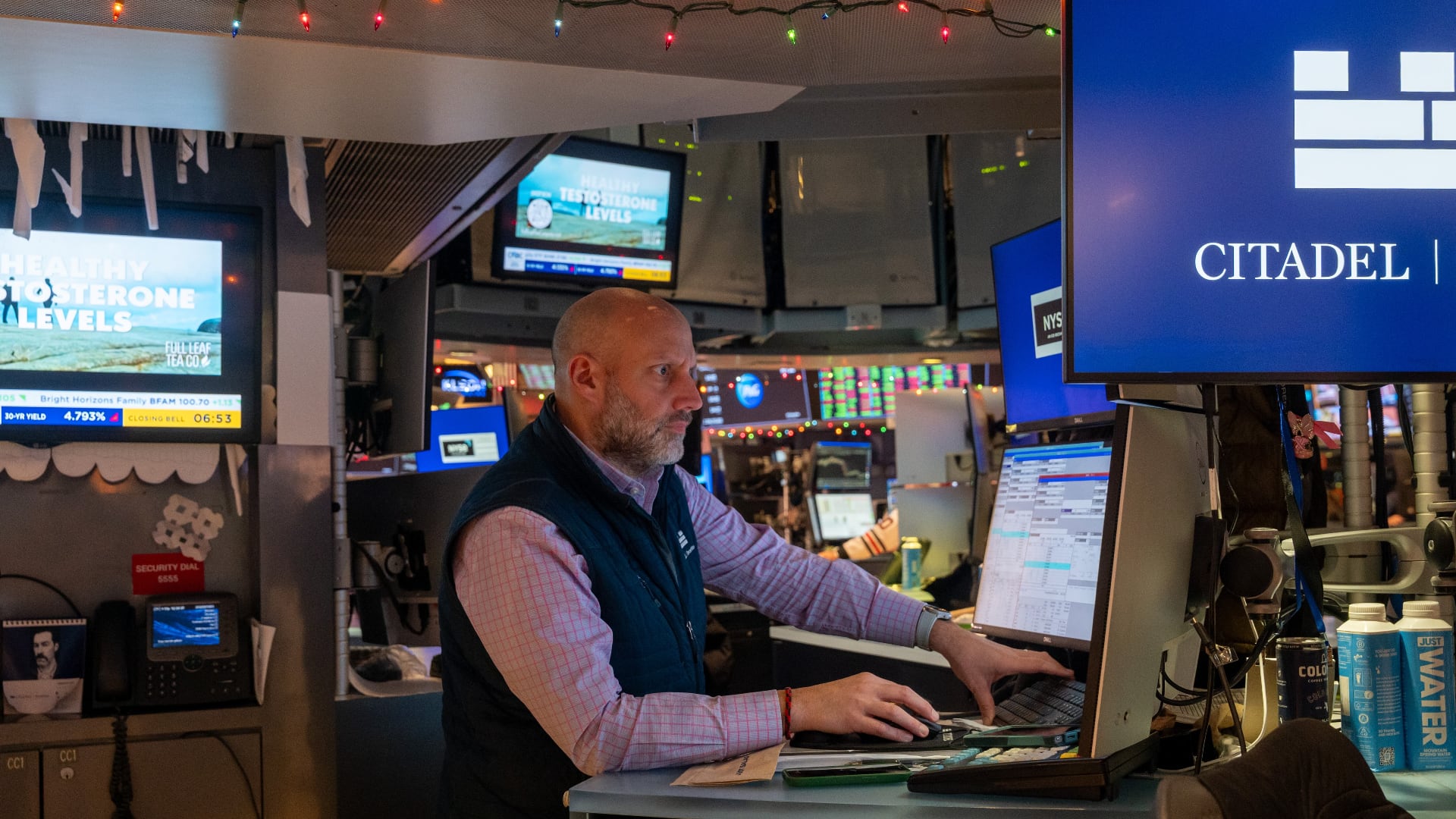Adarsh Alphons was looking at his closet one day when he noticed a tuxedo he had worn once.
"I paid a couple hundred dollars for it," he recalled. "And I thought, 'You know if there was a guy or gal around my size who wanted to borrow this and I got 50 bucks for it, they don't have to spend hundreds of dollars and then lead to other manufacturing and waste."
Thinking about all the unworn clothing sitting in people's cabinets, Alphons started Wardrobe. The peer-to-peer service allows users to virtually look into people's closets and rent outfits from each other. The company has raised $5.6 million to date, per Crunchbase.
"Moms and daughters, sisters and best friends: People have been sharing for forever," Alphons said. "So can we bring that into the digital world and add some software around it, and a user experience that feels authentic?"
About 11.3 million tons of textiles ended up in U.S. landfills in 2018, according to the Environmental Protection Agency. That same year, the worldwide global apparel and footwear industry produced 2.1 billion tons of CO2 emissions, more than France, Germany, and the UK combined, per a report by McKinsey.
"We have reached a point that is just unacceptable," said fashion model and Wardrobe user Marquita Pring. "In my opinion, I think we all should really start being more conscious and considering what we're purchasing, what we're consuming, and thinking if we really actually need that."
Pring decided to partner with Wardrobe to lend out some of the items she wasn't ready to give away but also didn't want sitting there gathering dust. The company allows users to upload pieces and set a price for rentals. The items are stored in a network of local dry cleaners, who care for the garments. When someone decides to borrow an item, the dry cleaner prepares the goods for local pickup or shipping. Customers ship it back and the process begins all over again.
The model found herself accumulating tons of clothing from photoshoots, gifts, and events she's attended over the years. While she has a walk-in closet that some New Yorkers may consider to be the size of a bedroom, it's full to the brim with beautiful items that are rarely worn. Instead of spending that disposable income on more clothing, she said she can save up for other things like investments or property in upstate New York. She's also rented items from the website herself, including purses.
"Celebrities, people rent all the time, and whether or not they're speaking about it, it's been something that's happened for ages and especially when it comes to jewelry or bags or shoes," Pring said. "I think it's time we just really sort of normalize it and take the stigma away from sharing."
Digital creator Gosuami Mesa agrees. Her Instagram is full of outfits of the day and other fun looks for around town. She often "shops" through Wardrobe to pick out designer looks. On the flip side, she admits she has a slight obsession with purses, a lot of which were accumulating at home. Mesa decided to lend out a few pieces and has made $200 so far.
"'I'm always showcasing things on social media," Mesa admitted. "So I buy a lot. But it's easy to know that you have Wardrobe. At least for me, I stopped buying all of this stuff."
Overall, everyone ends up a winner, Wardrobe's Alphons said.
"Instead of making that impulse purchase that you'll probably only wear once or twice, just borrow it," he pointed out. "It's good for your wallet. It's good for the planet. And everybody wins."



